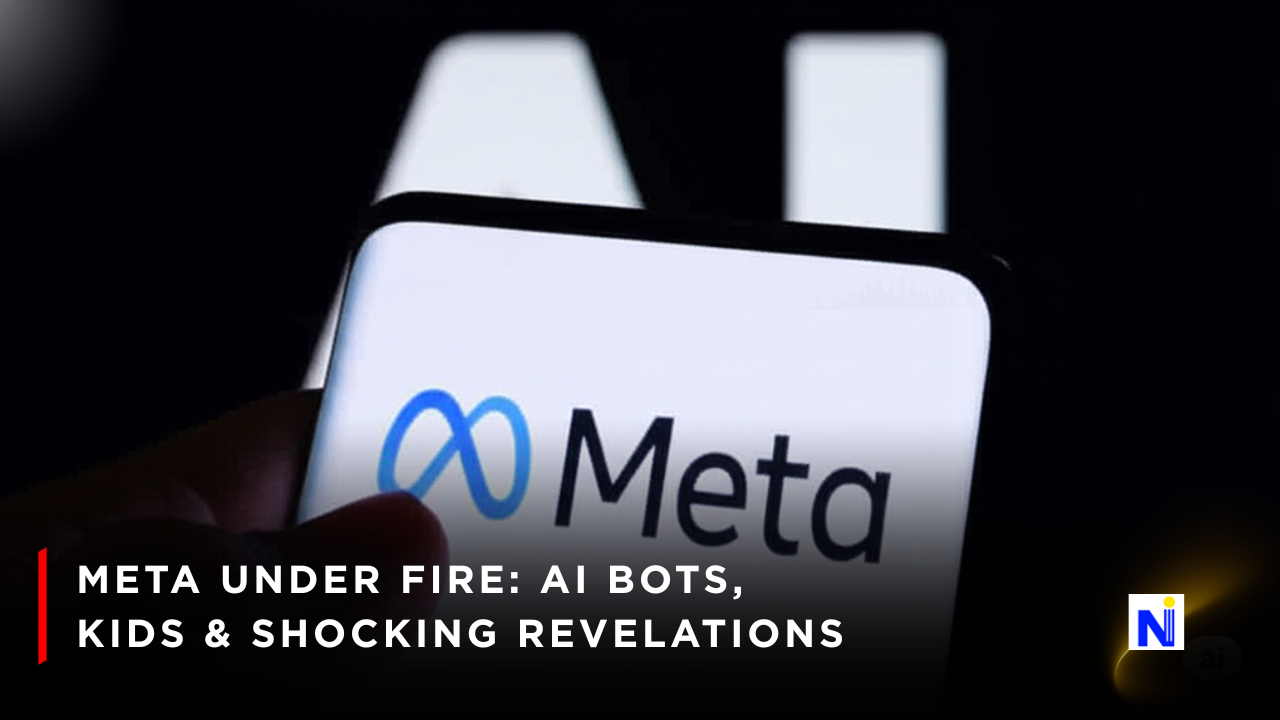
Retirement savings in America might be in for their biggest shake-up in decades and it involves cryptocurrencies and private equity. President Trump has signed an executive order that could allow your 401(k) to invest in these so-called alternative assets. Depending on your perspective, this is either an exciting opportunity to grow wealth or an unnerving dive into riskier waters.
While some see it as a way to “democratize” high-growth investments once reserved for wealthy insiders, others are raising eyebrows over the potential volatility and complexity involved. Let’s break down what this means for the average saver without the financial jargon overload.
1. What Exactly Did Trump Change?
President Trump’s executive order directs the U.S. Labor Department to redefine what qualifies as a 401(k)-approved asset under the Employee Retirement Income Security Act of 1974 (ERISA).
Currently, most retirement plans stick to a safe-and-steady diet of:
- Stocks
- Bonds
- Mutual funds
- Occasionally commodities like gold
This order could open the door for:
- Private equity (investing in companies not publicly traded)
- Cryptocurrencies (like Bitcoin, Ethereum, etc.)
In short: If the rules are finalized, your 401(k) menu could expand beyond Wall Street’s usual suspects.
2. When Would This Take Effect?
Not so fast — the policy change won’t happen overnight. Here’s the realistic timeline:
- Labor Department review & new guidelines – This could take months.
- Fund creation by big providers – Companies like Fidelity or Vanguard would need to design crypto and private equity funds suitable for retirement plans.
- Employer adoption – Each employer chooses what’s on their 401(k) menu, so rollout will vary.
Some analysts believe it could take several years before most Americans actually see crypto or private equity as an option in their retirement plan.
3. What’s the Risk Factor Here?
All investments carry some level of risk — but alternative assets come with extra unpredictability:
Private Equity Risks:
- Not traded daily, so no real-time price updates
- Limited transparency — valuations are often based on periodic reports, not a live market
- Higher fees for fund managers due to the complexity of buying and managing private companies
Crypto Risks:
- Highly volatile — Bitcoin rose 135% in 2023 but crashed 65% in 2022
- Regulatory uncertainty in the U.S. market
- Security risks (e.g., exchange hacks, lost keys)
📊 Quick Comparison Table
| Asset Type | Typical Annual Return (10-year avg) | Volatility Level | Transparency |
|---|---|---|---|
| Stocks (S&P 500) | ~9.7% | Medium | High |
| Bonds | ~1.9% | Low | High |
| Private Equity | ~13.5% | Medium-High | Low |
| Bitcoin | Varies drastically | Very High | High |
4. Could Alternative Assets Outperform Traditional Investments?
Potentially — but history shows it’s a double-edged sword.
- Private Equity: Outperformed stocks over the last decade (13.5% vs. 9.7%), but with higher costs and less liquidity.
- Bitcoin: Has delivered massive gains in certain years, but brutal losses in others.
Real-world example: If you invested $10,000 in Bitcoin at the start of 2023, you’d have around $23,500 by year’s end. Do the same in 2022, and you’d be left with roughly $3,500.
5. Will People Actually Use These New Options?
Even if crypto and private equity are approved, adoption might be slow. PitchBook analysts note that costs, transparency, and complexity could deter employers from adding them to plans.
That said, younger investors especially millennials and Gen Z have shown greater interest in alternative assets. A survey by Security.org found 1 in 4 Americans has already invested in crypto outside of retirement accounts.
Expert Voices on the Move
“Alternative investments like private equity and cryptocurrencies have matured into a strong-performing asset class delivering excellent long-term returns, so this is good news for Americans.” – Simon Tang, Head of U.S., Accelex
“We believe adoption will be slow due to cost, transparency, and complexity.” – PitchBook Analysts
Trump’s executive order could mark a historic shift in retirement investing, potentially opening up high-growth opportunities to everyday Americans. But with higher potential returns come higher risks and it’s not yet clear how many employers or workers will embrace these changes.
Whether you’re a crypto enthusiast or a risk-averse saver, the best move for now is to stay informed, watch how the rules develop, and make choices that align with your personal comfort level and long-term goals.





